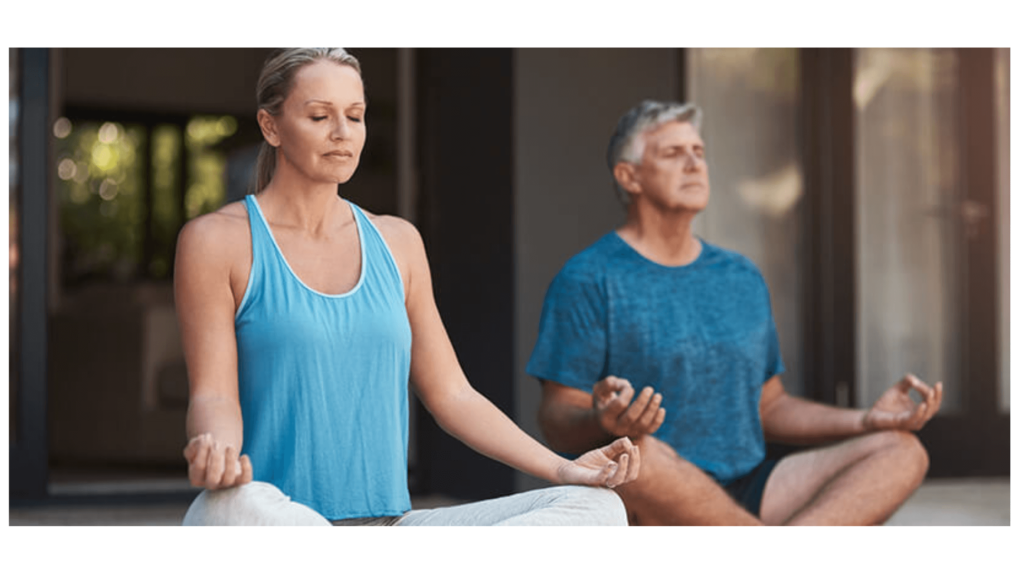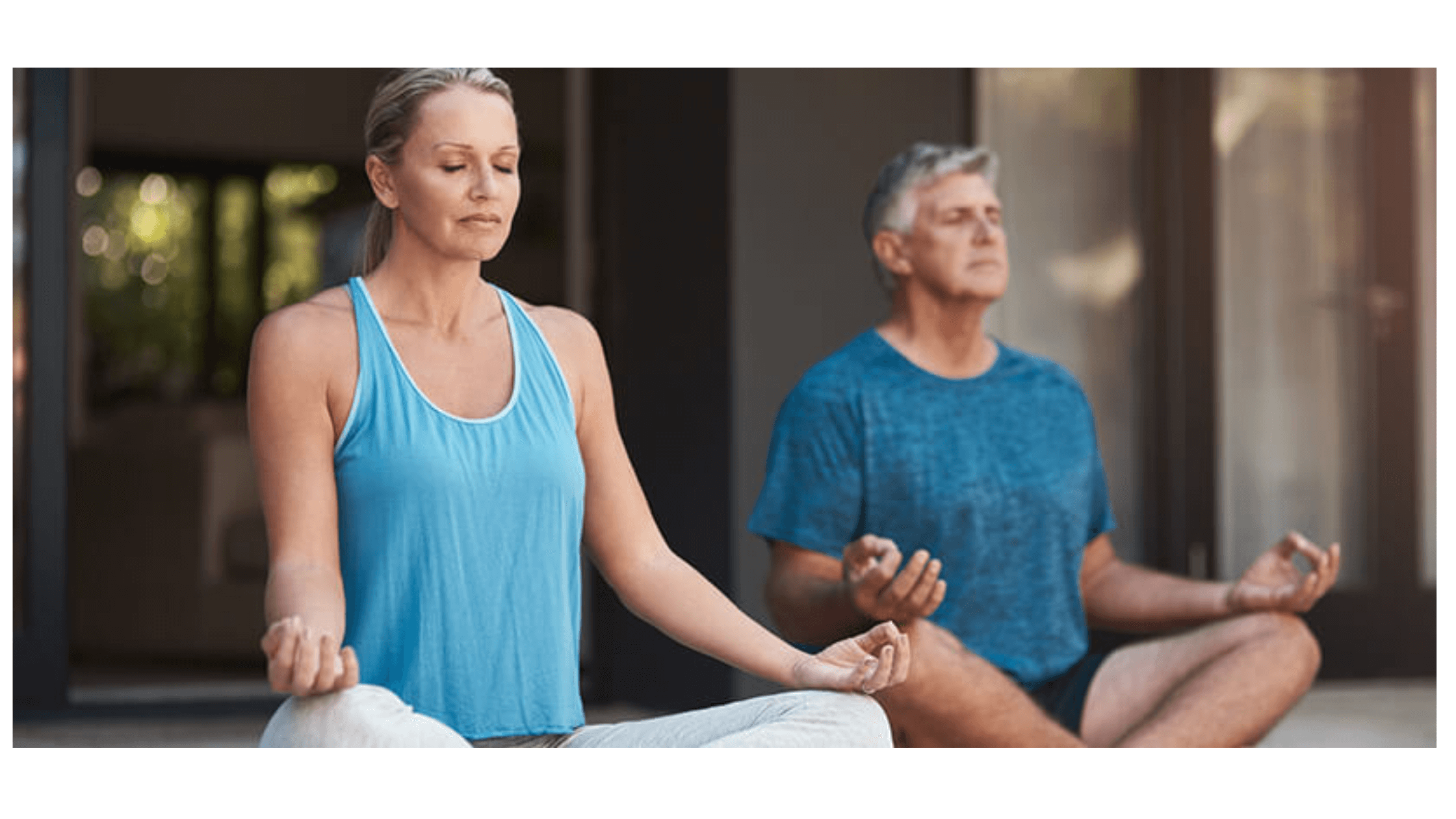Stressful, dangerous, or unfamiliar situations trigger anxiety in the mind and body. The feeling of dread, anxiety, or uneasiness you feel before an important occasion. Even though anxiety helps us stay alert and aware, it can be crippling for those who suffer from anxiety disorders.
According to a study led by researchers at the University of Gothenburg, even chronic anxiety can be relieved by moderate and strenuous exercise.
Exercise Is An Effective Treatment For Anxiety
Among people with other mental and physical disorders, the issue of anxiety can be more troublesome. Though medicines are there to help one get out of them, experts suggest exercise to overcome the same without going for any drug and getting affected by some more side effects. It is an easy and most efficient way that can help one get over it in a short span.
Researchers studied 286 patients with anxiety syndrome enrolled in primary care services in Gothenburg and the northern part of the county of Halland for the study, published in the Journal of Affective Disorders. Almost half of the patients were suffering from anxiety for at least ten years. Most of the patients were women and aged 39 on average.

Moderate and strenuous participants were assigned 12-week exercise programs by lot. Public health officials recommended physical activity to the control group, who were also chronically anxious. However, even those patients with chronic anxiety showed significant improvement in anxiety symptoms.
At the end of the 12-week program, most of the participants in treatment groups had low levels of anxiety after experiencing moderate to high levels at the beginning of the program. When exercising at a lower intensity, there was an increase in the likelihood of improvement in anxiety symptoms of 3.62. Individuals who exercised at higher intensities had a factor of 4.88. Participants were not aware of how other individuals outside their group exercised.
In the study, MalinHenriksson, first author of the study at Sahlgrenska Academy, University of Gothenburg, described that there was a significant intensity trend. This means, the more intensely the exercise, the more anxiety symptoms improve.
Importance of strenuous exercise Physical exercise has shown clear improvements in depression symptoms in previous research. There is still a lack of evidence on how exercise affects people with anxiety. This is a very large study to date.
Physical therapists conducted weekly training sessions for each of the treatment groups, lasting 60 minutes each. Strength and cardio exercises were both conducted in these sessions. Following a warmup, circle training took place around 12 stations for 45 minutes. The sessions concluded with a cool down and stretching.
Moderate exercise meant reaching about 60% of one’s maximum heart rate, which is considered to be light and moderate exercise. Participants who worked out more intensely were encouraged to get 75 percent of their maximum heart rate and judged their exertion level as high.
A perceived exertion scale called the Borg scale, confirmed with heart rate monitors, was regularly used to validate the exercise levels.
Behavioral therapy and psychotropic drugs are the standard treatments for anxiety today. Although these drugs are commonly used for anxiety disorders, they have side effects, and medical therapy often does not help. Having to wait a long time for CBT can also decrease the chances of success.
Maria *berg, associate professor at the University of Gothenburg’s Sahlgrenska Academy, chief of primary healthcare in Region VästraGötaland, is the corresponding author of this study. A 12-week program that consists of moderate-intensity training should be made available in primary health care more often to people with anxiety issues, says Dr. Max Berg. Primary care physicians need treatments that are individualized, have few side effects, and are easy to prescribe
